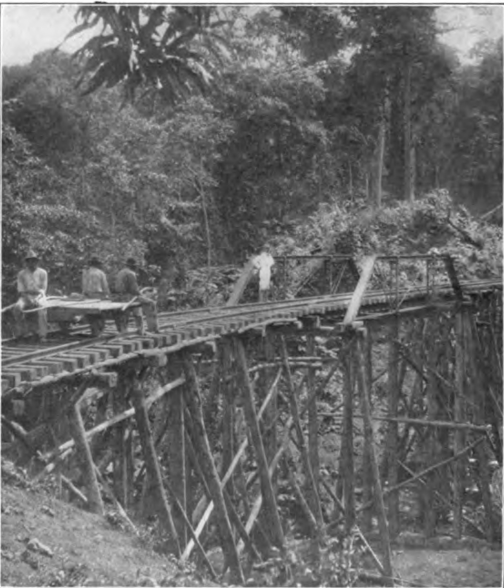Kristin Hoganson
Infrastructures of Power: U.S. Empire Building at the Dawn of the Big Carbon Era

Recent disasters have made it clear that our infrastructures are not up to the challenges of climate change; they must be re-engineered for a climatically different era. The issue goes well beyond technical specifications. Fires, floods, droughts, and coastal erosion have also focused attention on the political dimensions of infrastructures and questions of equity and justice. Professor Hoganson’s research contributes to deliberations over the future of infrastructure by illuminating the political backstory to the energy and energy-supporting systems we have inherited. Many of the infrastructures that continue to shape the world we inhabit can be traced back to the late nineteenth and early twentieth centuries—a belt-and-road era of railroad, streetcar, and macadamized road building, harbor improvements, trans-Isthmian canal construction, and the establishment of water and sewage systems, long-distance communications networks, and electrical grids. Significantly, and not coincidentally, this time period was also an age of empire building.
Professor Hoganson’s project goes beyond studies of U.S. imperialism that focus either on corporate or state actors by tracing private-public collaborations in infrastructural development. Her research will take a wide-angle-lens approach so as to connect the greater Caribbean to places such as the Philippines and the Great Lakes and to register rivalries and collaborations across empires. The goals are to understand how infrastructures emerged from fields of power and in turn affected these fields as they remapped social, political, and economic relations, fostered imperial buy-in and anti-imperial resistance, and laid the groundwork for the manifestly anthropocenic world we inhabit today.
